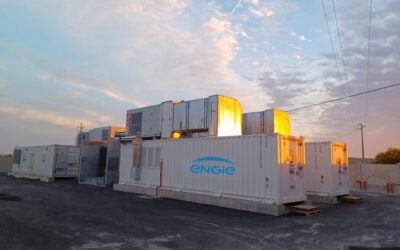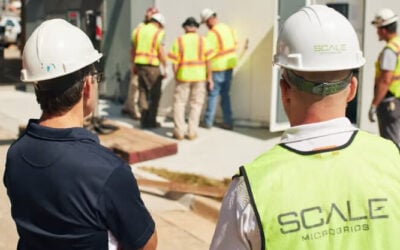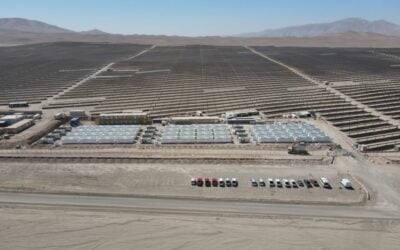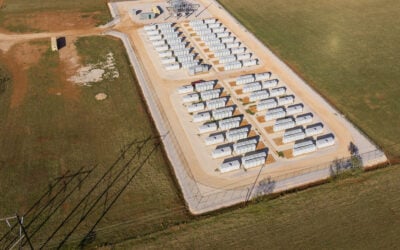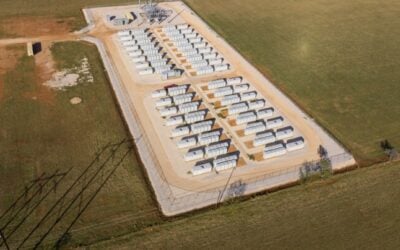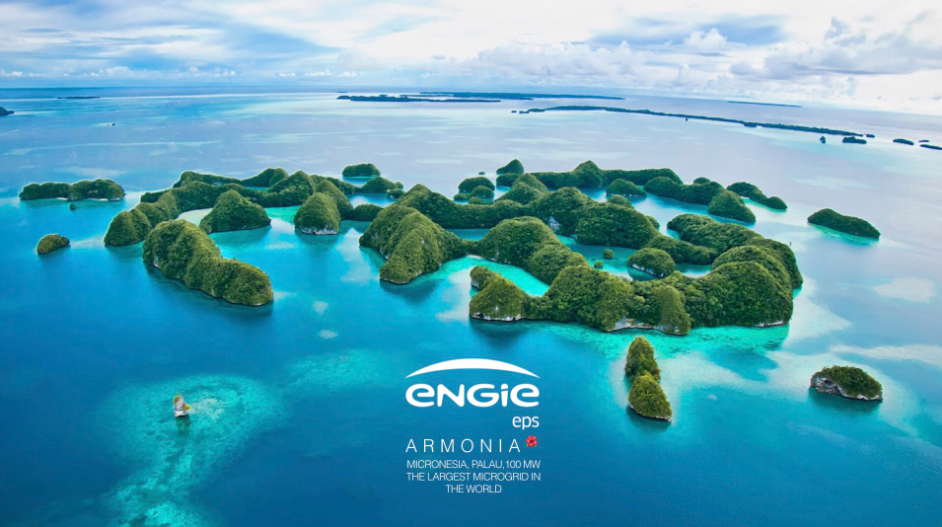
The small island nation of Palau in the western Pacific Ocean has moved a step closer to having what is said to be the largest ever microgrid spanning diesel, solar and battery energy storage.
A 30-year power purchase agreement (PPA) has been signed with France-based ENGIE EPS, a microgrid and energy storage specialist arm of power giant ENGIE. The project was originally developed by US-based distributed energy provider GridMarket.
Enjoy 12 months of exclusive analysis
- Regular insight and analysis of the industry’s biggest developments
- In-depth interviews with the industry’s leading figures
- Annual digital subscription to the PV Tech Power journal
- Discounts on Solar Media’s portfolio of events, in-person and virtual
The system, known as ‘Armonia’, will include existing diesel generation alongside up to 35MW of solar, for which land has already been secured, and up to 45MWh of battery storage. On completion the Palau grid will then have an installed power capacity of 100MW and renewables will account for more than 45% of the country’s demand. Much of the current diesel usage will be displaced, thus reducing carbon emissions and generating substantial savings on Palau’s energy bill.
Palau is targeting 45% renewables by 2025 and a 22% reduction in its energy sector emissions below 2005 levels and the new microgrid is expected to help the island nation reach that goal five years ahead of schedule. The archipelago of several hundred islands in Micronesia had a population of 17,889 in 2017, according to an ENGIE EPS presentation.
GridMarket’s contribution to the project included deploying its machine-learning platform and predictive analytics to map out a national energy transition strategy specifically for Palau. It later selected ENGIE EPS to implement the project.
Construction is expected to begin by the end of this year with commissioning forecasted before the end of 2019. It has been funded by the International Renewable Energy Agency (IRENA) and Japan International Cooperation Agency (JICA).
Palau already has 12.4MW of diesel peak power across two stations, generating 87GWh/year, but this is expected to exceed 110GWh in 2025, said the presentation.
Palau president Tommy Remengesau said: “In the midst of the global energy transition, it is imperative that we address climate mitigation and climate adaption – at the same time. As we reduce our carbon footprint, so too should we reduce the vulnerabilities of our energy infrastructure in the face of rising seas and natural disasters. As we generate cleaner energy, it must also be reliable, accessible, and economical for those citizens of the world who live on the front-lines of climate change. Our partnership with ENGIE has accelerated Palau’s transition toward a renewable and resilient future.”
Paul Maguire, president and CEO ENGIE Asia Pacific, added: “Universal, affordable and reliable access to clean energy will be a reality in Palau in few months, and we have the ambition and the commitment to replicate this model all over the world thanks to ENGIE’s global reach.”
In June 2017, the Cook Islands in the Pacific said it would play host a 5.6MWh lithium-ion battery energy storage system also for the integration of renewables and the displacement of diesel.

